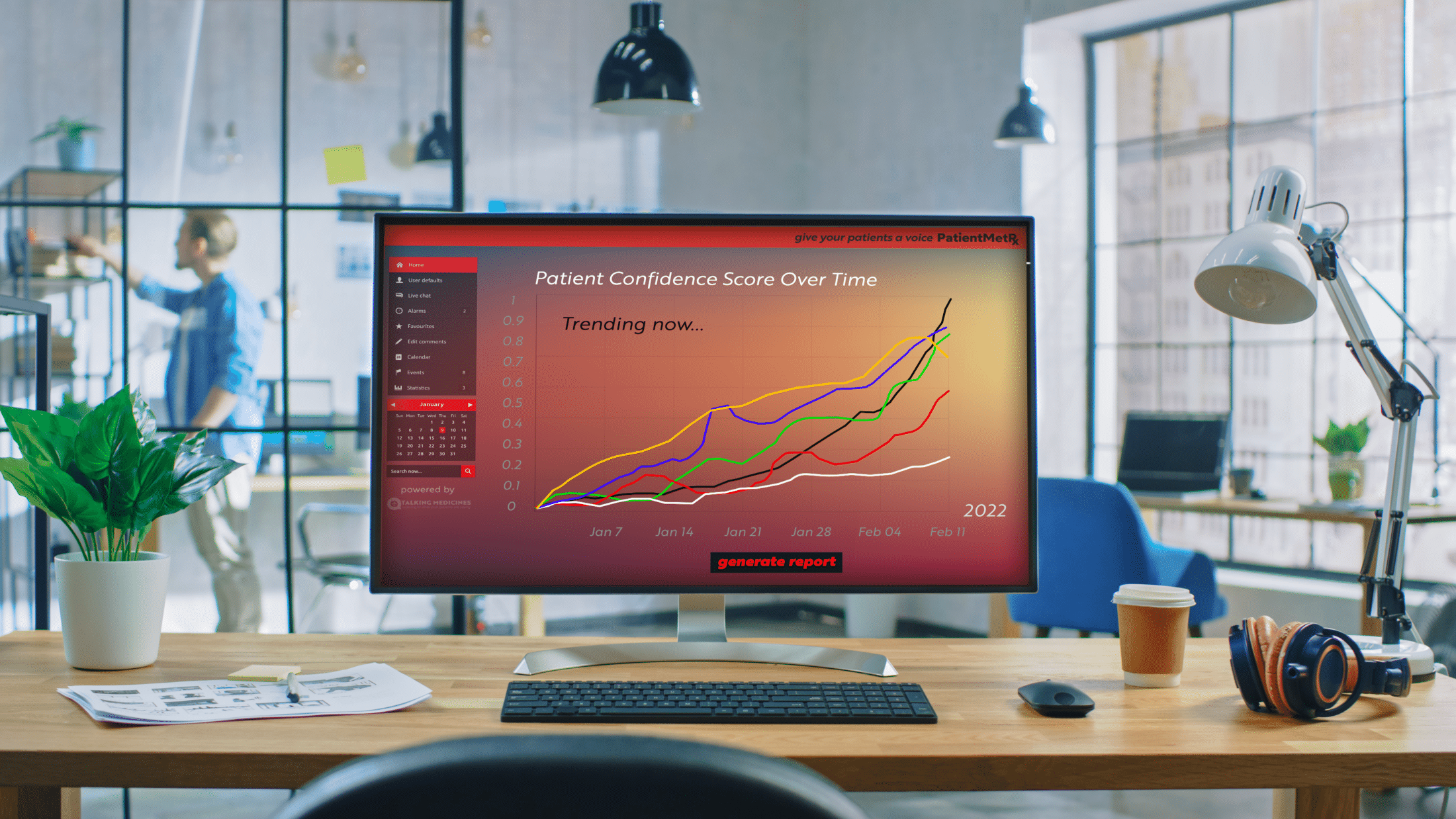
It is important we remember that patients are people… 48.2% of our worldwide population own a smartphone. Roughly 3.46 billion people out of this 3.80 billion use mobile devices for social media. This means that people are actively online and therefore, so are our patients. As a result, we are witnessing a new phenomenon in healthcare where there is a growing number of self-organising online communities all focused on particular disease areas. This shows we are evolving outside traditional health care systems.
What Do We Need?
Healthcare needs new change stories, currently they revolve around the traditional 20th century understandings which operates in a hierarchy structure focusing on command and control. These stories have an emphasis on KPI’s, financial incentives and governance.
With a growing online population encouraging peer-to-peer relationships, this traditional way of operating and thinking has become outdated.
The addictiveness and immediacy of social media means that patients are using it even for advice, help, guidance and to share experiences. In fact, around seven in ten U.S. adults use social media to connect with others, get the latest news, share information, and entertain themselves. These users are now spending an average of 2 hours and 24 minutes per day multi-networking across an average of eight social networks and messaging apps. As a result, social media is a new way for people to discover medicine in the same way it is being used to discover new brands and share our perception of these.
How Are Online Consumers Interacting with Brands?
From a global prospective most people use social media to research products and discover new brands/products via social ads. For any industry this is an important insight but this still applies in healthcare. People talk and so do patients, if someone is recommending a medicine for a disease because of more positive side effects and feelings, this has a huge impact for others who are on a similar patient journey to them. The only way you can truly understand the patient journey is to be online. But how do you successfully manage, monitor and analyse this patient voice?
By using Artificial Intelligence and Machine Learning technology our product PatientMetRx® systematically removed any identifiable information, bloggers, advertisements, editorial, professional content or influencers to leave the true Patient Voice. The software then validates the Patient Voice against a database of 130,000 global prescription medicines. We apply patented ML & AI told to find the velocity of Voice, sentiment, context, and side effects for any medicine. Finally we process this via standardised statistical analysis and benchmark your Patient Confidence Sore every day, so you can access it online on your own personal dashboard.

Where Do Patients Speak?
There are three categories which outline where patients ‘hang out’ online.
- The Mega Socials
- Specific Community Groups for Conditions
- Chat Forums
The value of data from a very small group such as rare disease, can have equivalent value (when handled ethically) as large ‘big data’ from Facebook or Twitter about common diseases.
How Big Is The Patient Voice?
- 74% of US adults use Facebook on a daily basic and 51% of these check it several times a day.
- 22% of adults in the U.S., engaging with Twitter on a daily basis.
- 430 Million people use reddit.
What Next?
Patients are doing things differently so why don’t you? Listen to what your patients are saying and put their voice right in the centre of your decision making to make brand planning for 2022 more effective.
#DoThingsDifferently
Keeping a finger on the pulse to measure what you and others are doing puts you in control. With messaging and content that resonates with patients, they can better understand their medicines and feel confident, we think that makes a big difference to their health and your commercial success.
Book a Discovery Session here and come have a chat!
References:
Bankmycell, (2021) ‘HOW MANY SMARTPHONES ARE IN THE WORLD’ Available at: https://www.bankmycell.com/blog/how-many-phones-are-in-the-world [Accessed 27 August 2021]
OnlineHealthCommunities, (2017) ‘Online Health Communities Animation’ Available at: https://www.youtube.com/watch?v=sGSoBiXuiUw&list=PLWiC9qZB0pTDoBwpv9rTWWvp8IHZPii8q [Accessed 27 August 2021]
ManyChat, (2020) ‘Social Media Demographics Breakdown By Platform’ Available at: https://manychat.com/blog/social-media-demographics/ [Accessed 27 August 2021]




